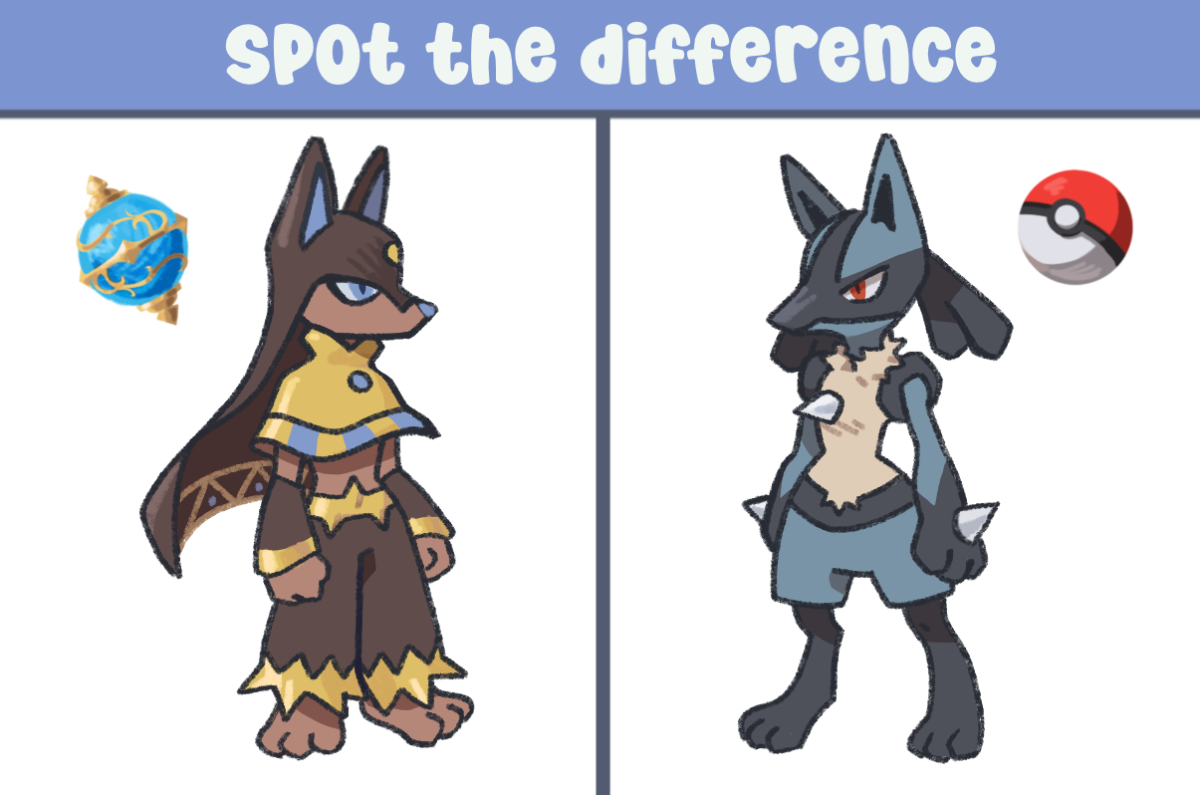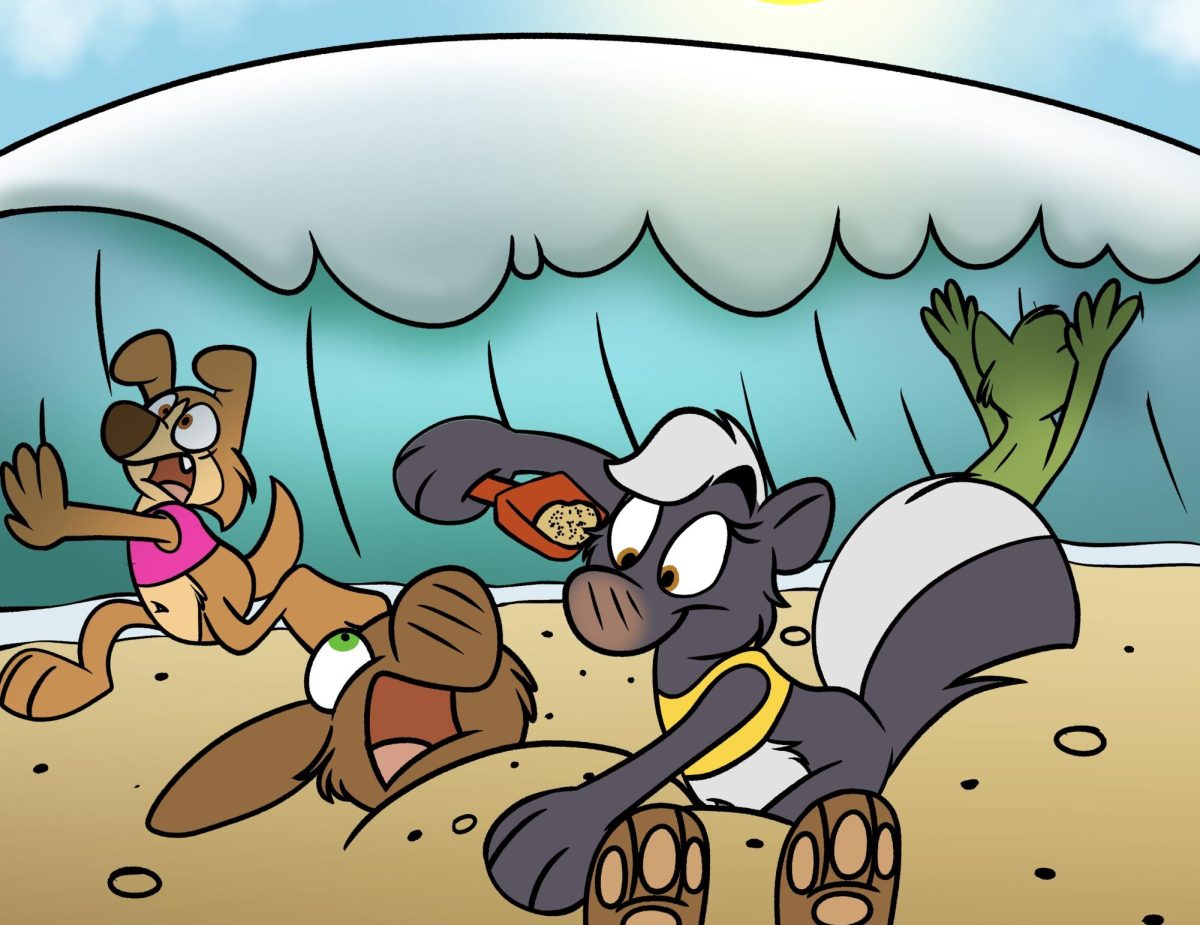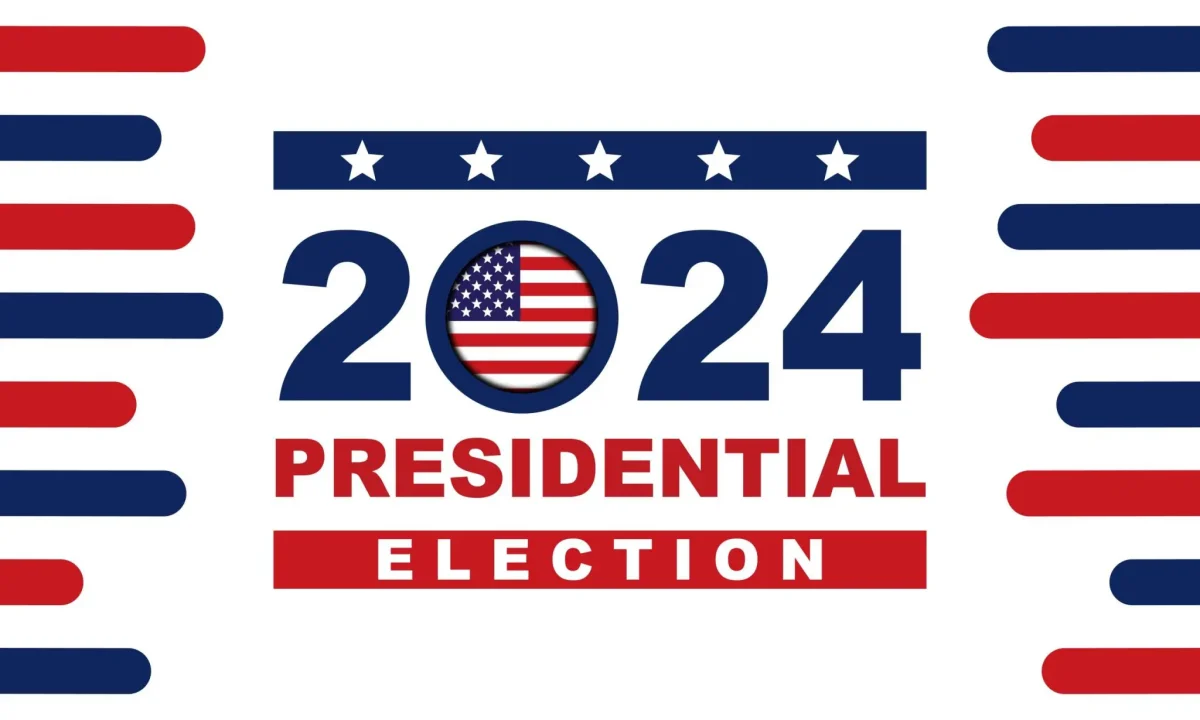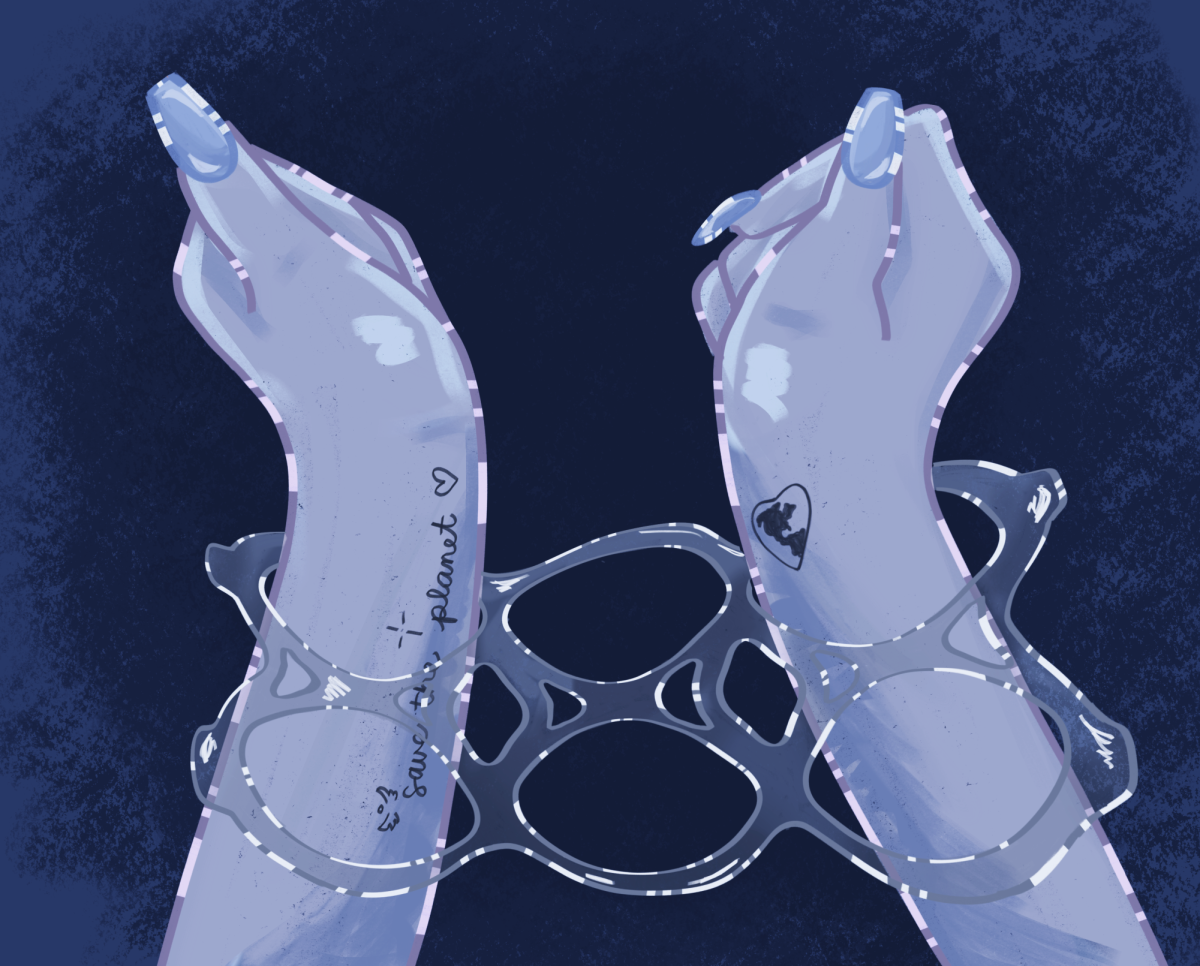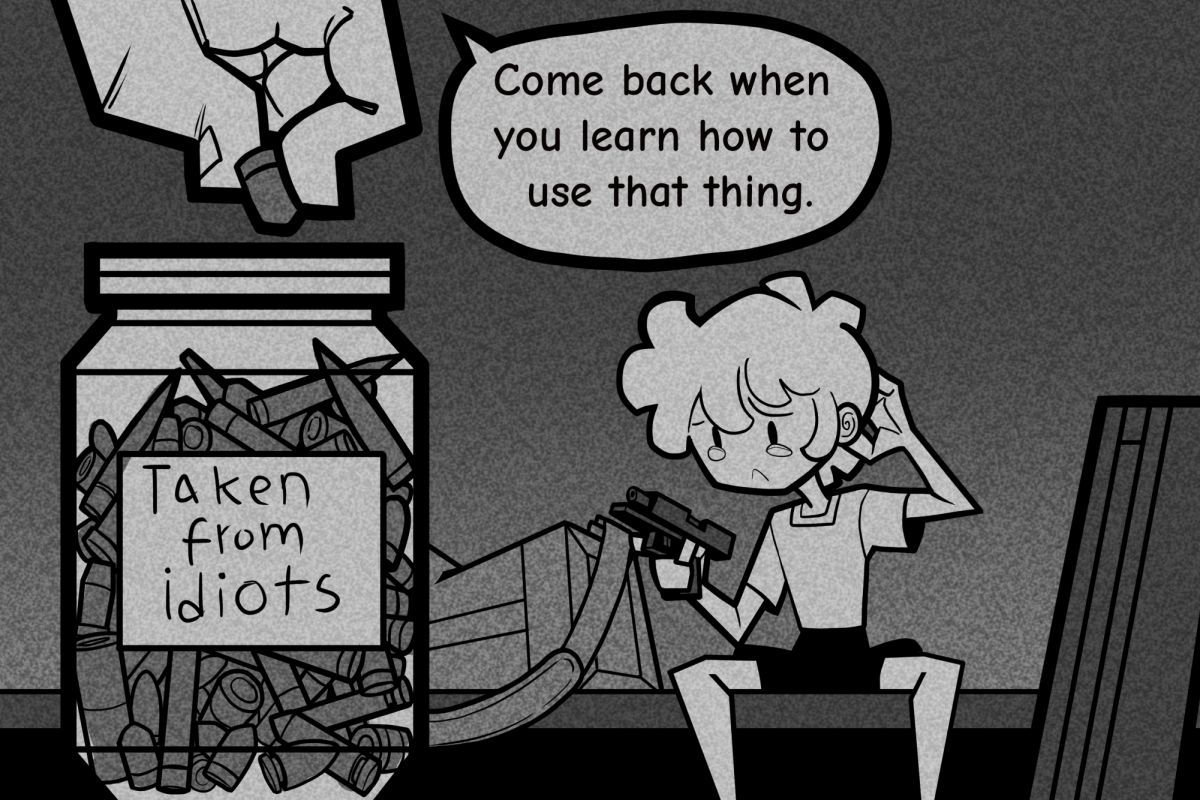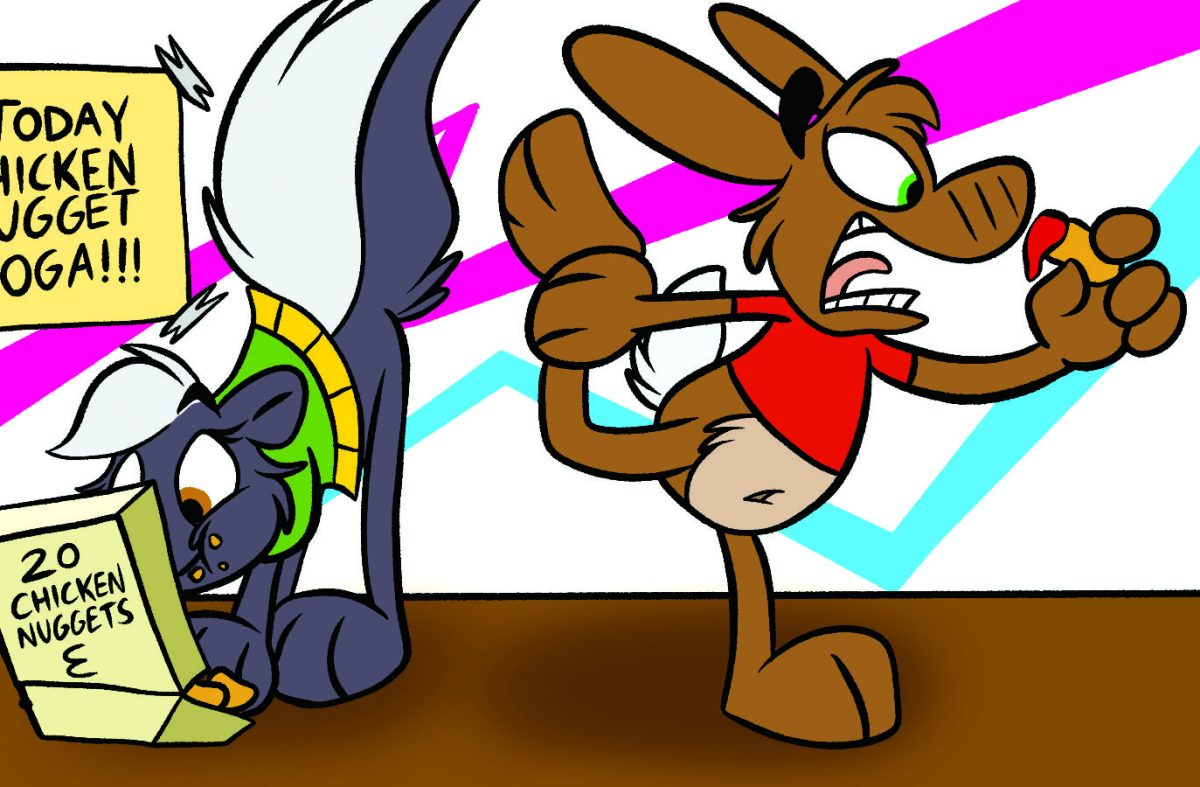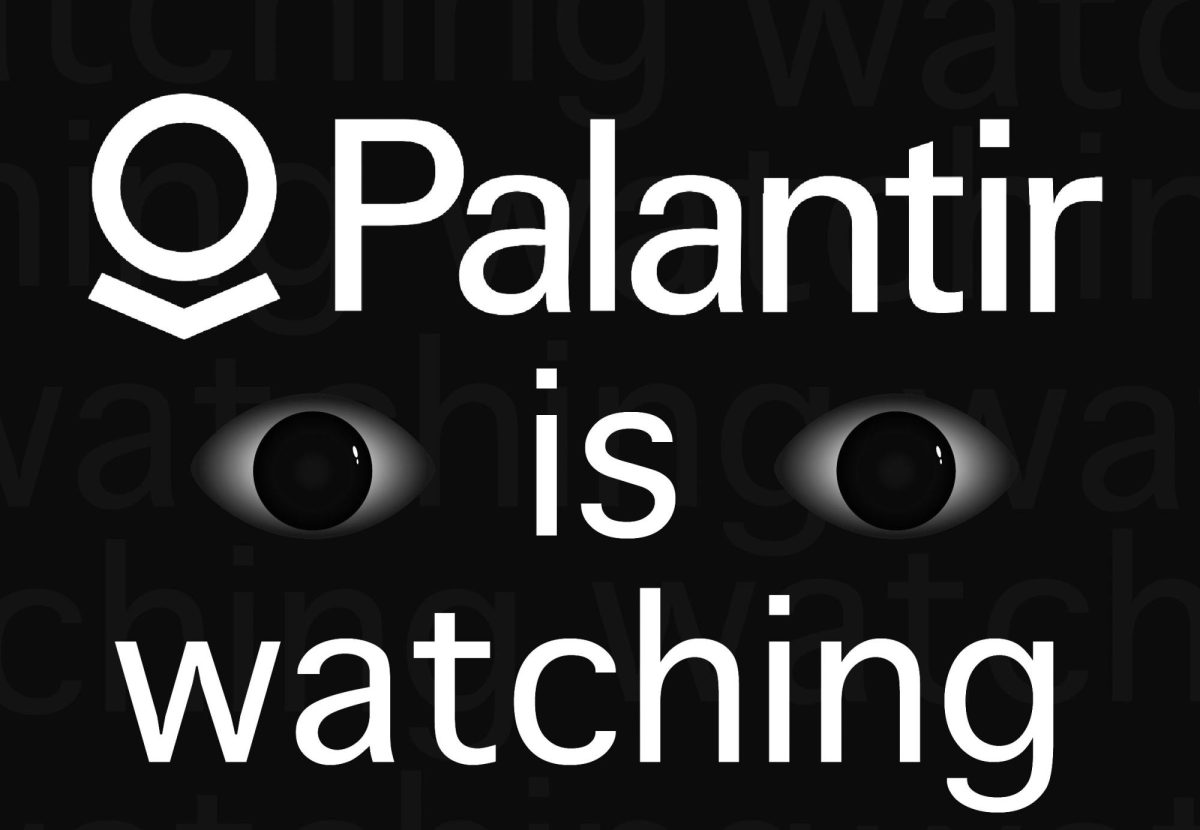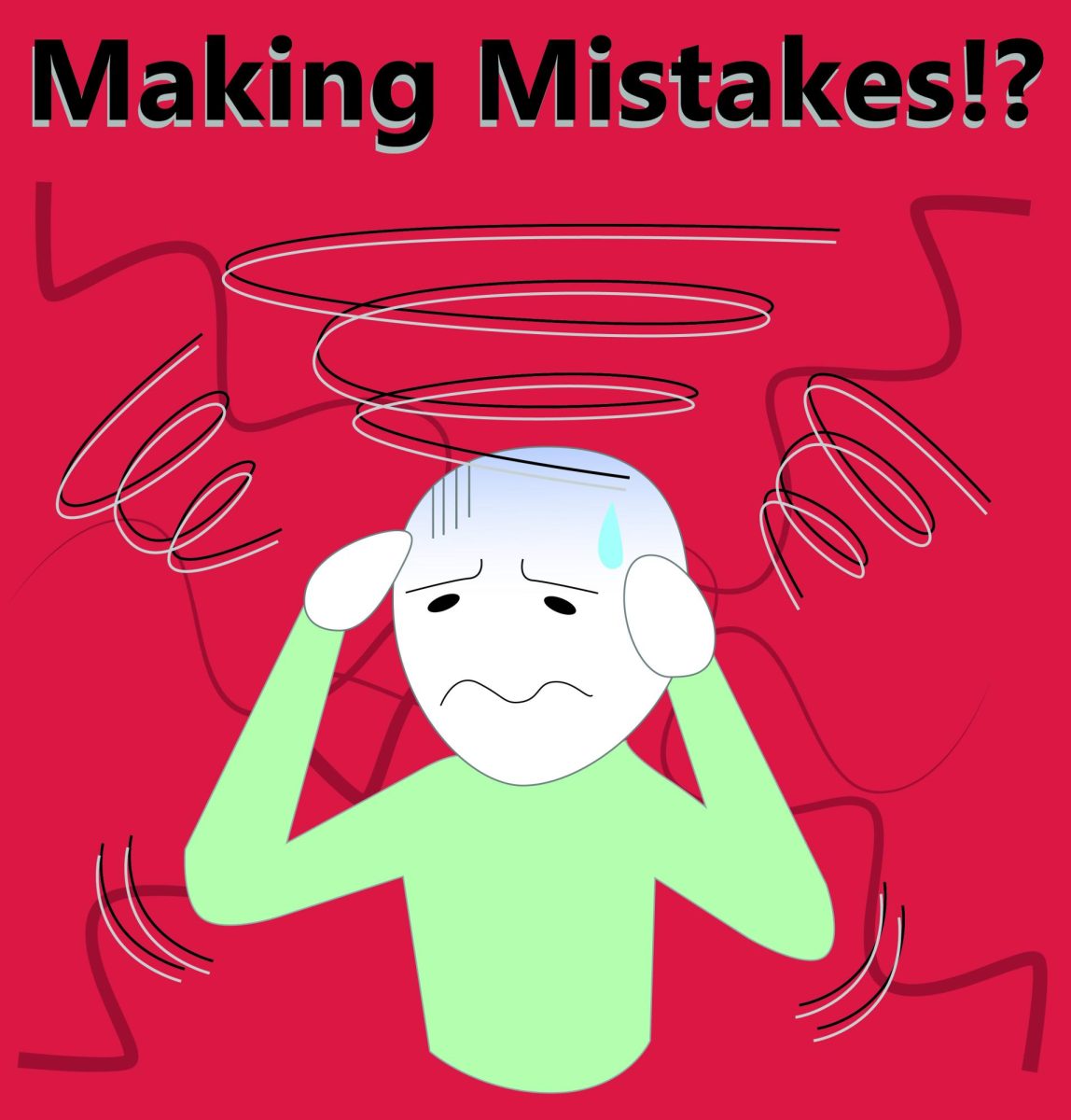Palworld’s recent explosion in popularity has driven Nintendo’s militant fanbase to label it a Pokemon clone, but this statement paints a problematic view. Among these claims, the most prevalent is that Palworld has copied the aesthetic style and capture-based gameplay of Pokemon.
For example, the Pal Anubis is visually similar to the Pokemon Lucario. Fenglope too is homogenous with the Pokemon Cobalion and Lamball is a near replica of the Pokemon Wooloo. In addition, both games share a common cartoonish aesthetic with rounded edges and 3D models. However, though Palworld may appear similar in style to the Pokemon franchise, Pokemon is not the absolute arbiter of the monster hunting games, nor is it the only contributor to the subgenre of creature capture games.
Palworld, upon its release, held an all-time record of over 2 million player installations, according to Steam, and has evened out to over 700,000 concurrent players after its peak. That peak is approximately 26% of the annual 7.69 million downloads of Pokemon every year. Those players could have chosen to play Pokemon but instead gave Palworld a try.
Even with the current player base in mind, the game exceeds Pokemon’s other common competition. Digimon, another creature capture game, made efforts to compete with Pokemon back in the late ‘90s to early 2000s with its own games and TV shows. Palworld, without the backing of a large company, shatters Digimon’s records and exceeds it with about 7 million downloads on Xbox Game Pass.
In gameplay, both Pokemon in its recent Paldea region and Palworld take their cues from a variety of monster hunter games while showing the consequences of resource collection in different ways. Whilst Pokemon makes an implied point that Pokemon consent to their capture since Pokemon Black and White, Palworld embraces a forced labor aspect and allows for the capture of humans as “Pals” as well. In turn, though the two games are visually similar, their composition is strikingly different from one another, making each appeal to different audiences.
The success of Palworld chips away Pokemon’s monopoly over monster hunter games and in turn paves the way for other IPs to succeed in this space. Today’s player base cares more about how fun a game is than who made it, which gives up-and-coming developers a better chance than ever to steer into the mainstream. Palworld shows that creature capture games are not exclusive to Pokemon.


